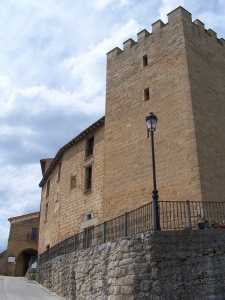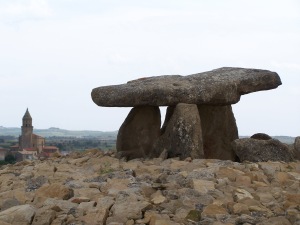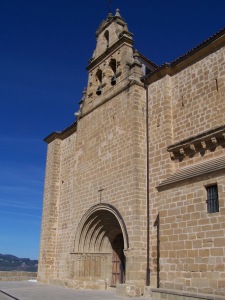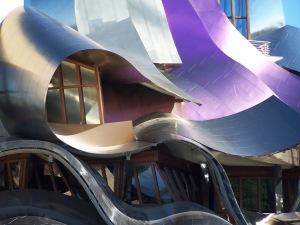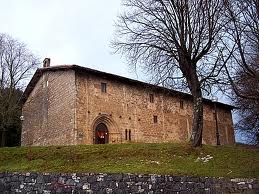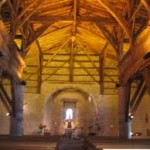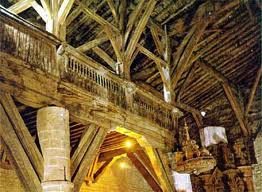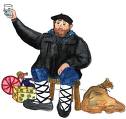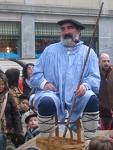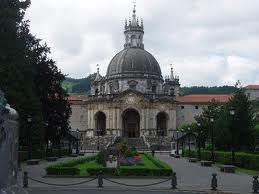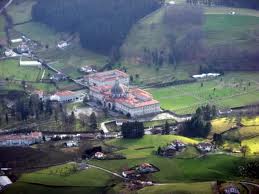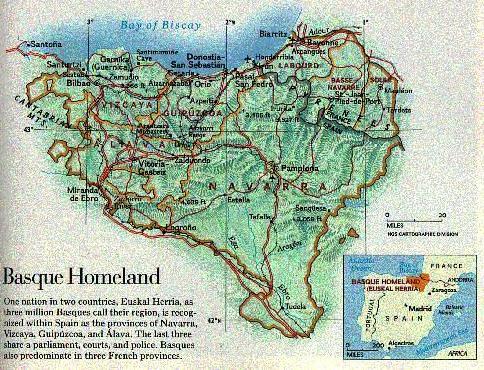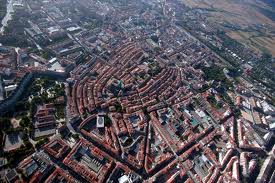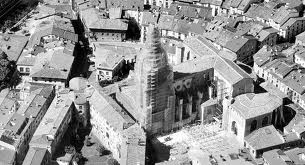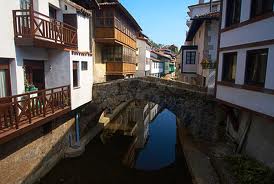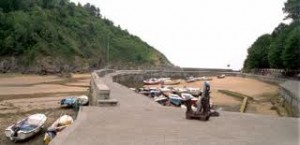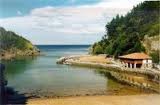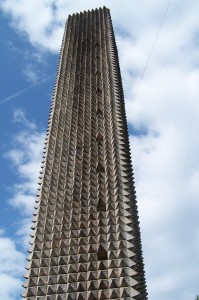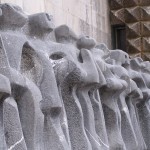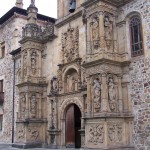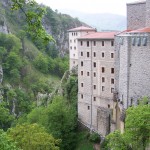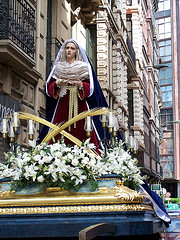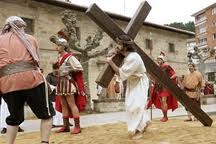Rioja wine region is divided into Rioja Alavesa (Basque Country), Rioja Alta (La Rioja) and Rioja Baja (La Rioja and Navarre). It´s mostly small family wineries, but of course there are also some big ones among them too. A visit to a winery in Rioja is always a delightful experiences, as you spend at least a couple of hours learning how they´ve been making wine during centuries. No wine bars like in Napa valley…it´s a much more enriching experience.
But there´s more to Basque Rioja than wine. When you drive along the roads surrounded by vineyards, you will for sure find a beautiful medieval town on your way. Or several prehistoric monuments, like dolmens and funerary burial sites. Or incredible churches that keep inside amazing altarpieces. Or a walled town, just where lied the borders of the ancient kingdoms of Castile and Navarre. Or maybe just a town with nothing special on it but full of flavor and a particular relaxing atmosphere, where one of its neighbors may invite you to his place for a homemade meal.
Next time you´re there, don´t forget to visit walled Laguardia and the façade of Santa María de los Reyes (a must), Labastida and its fortressed church, medieval Labraza surrounded by nothing but vineyards, Samaniego, Lapuebla de Labarca, Baños de Ebro, Kripán, Elvillar, Elciego and the Marqués de Riscal winery (designed by Frank Gehry, the Guggenheim arquitect)…you´ll find a lovely atmosphere in places where the path of time seems to be slower than in the rest of the world…

